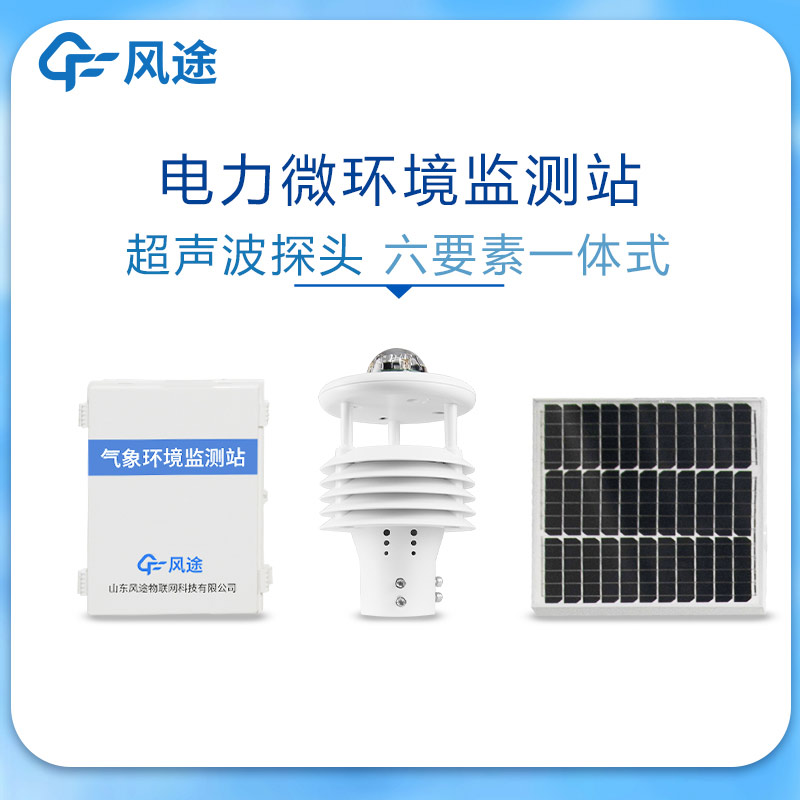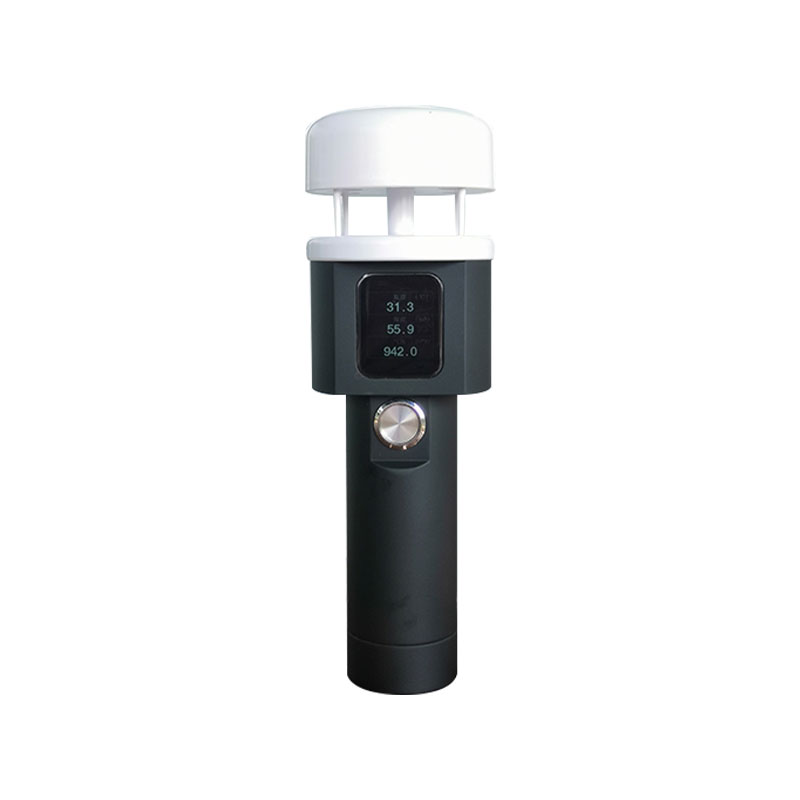Product
Recommended article
- How Forestry Weather Stations Bolster Forest Fire Prevention Efforts
- Discover the Power of Negative Oxygen Ion Monitoring System for Cleaner Air
- Comparative Analysis of Ultrasonic and Automatic Weather Stations in Meteorological Monitoring
- Breaking Through the ‘Last Meter’ with Online Dust Monitoring System
- Mastering Road Conditions with Road Weather Station
- Inhalable Dust Continuous Tester: A Portable Solution for Dust Concentration Monitoring
Contact us
Shandong Fengtu IOT Technology Co., Ltd
Sales Manager:Ms. Emily Wang
Cel,Whatsapp,Wechat:+86 15898932201
Email:info@fengtutec.com
Add:No. 155 Optoelectronic Industry Accelerator, Gaoxin District, Weifang, Shandong, China
Substation micrometeorological environment monitoring
Article source:Weather station time:2024-06-18 08:42:27 viewed:26times
Micrometeorological zones are small areas with distinctive climatic characteristics due to unique geographical conditions. These areas may exhibit meteorological phenomena that are very different from those of their neighbours due to special topographic or aquatic environments, such as wind channels in canyons or around rivers and lakes. These areas are usually small and scattered.
Micro Weather Stations are a solution designed for monitoring micrometeorological environments, and typically these solar-powered devices are mounted on high voltage transmission towers. As high-voltage transmission lines cover a wide area and traverse a variety of terrains, including some areas with specific micrometeorological conditions, meteorological data for these areas are often difficult to obtain. In the absence of such critical data, power departments often have to rely on a wider range of general meteorological data when designing power grids, making it difficult to achieve accurate design for special areas.
It is equivalent to installing a self-sufficient miniature weather station on a transmission tower. It uses solar panels for energy supply and transmits key meteorological information such as humidity, temperature, wind direction, wind speed and precipitation in real time over a GPRS network. This data is critical for assessing the climatic conditions in a given micrometeorological zone, especially in the face of extreme weather events, and can help the power sector deploy more targeted patrols.
By collecting and analysing these micro-meteorological data, the power sector can more accurately guide the design and retrofitting of power grids in these particular areas, achieving a more refined and adaptable grid design.

This paper addresses:https://www.yf182.com/industry/410.html
Related products
Related article
-
Integrated forest fire risk factor monitoring station component
2024-05-16 -
Small Weather Station Brand Ranking
2024-05-13 -
Differences between grassland weather stations and other weather stations
2024-03-28 -
Digital weather stations in schools to foster scientific literacy among schoolchildren
2024-07-22 -
Scenic anion monitors are a highlight of scenic publicity!
2024-03-26 -
Ecological display, less scenic environment monitoring system
2024-05-24 -
The Intimate Link between Negative Oxygen Ion Monitors and Forest Tourism Resources
2024-11-08 -
Fengtu's Agrometeorological Stations: Pioneering Sustainable Smart Agriculture Solutions
2024-09-05










